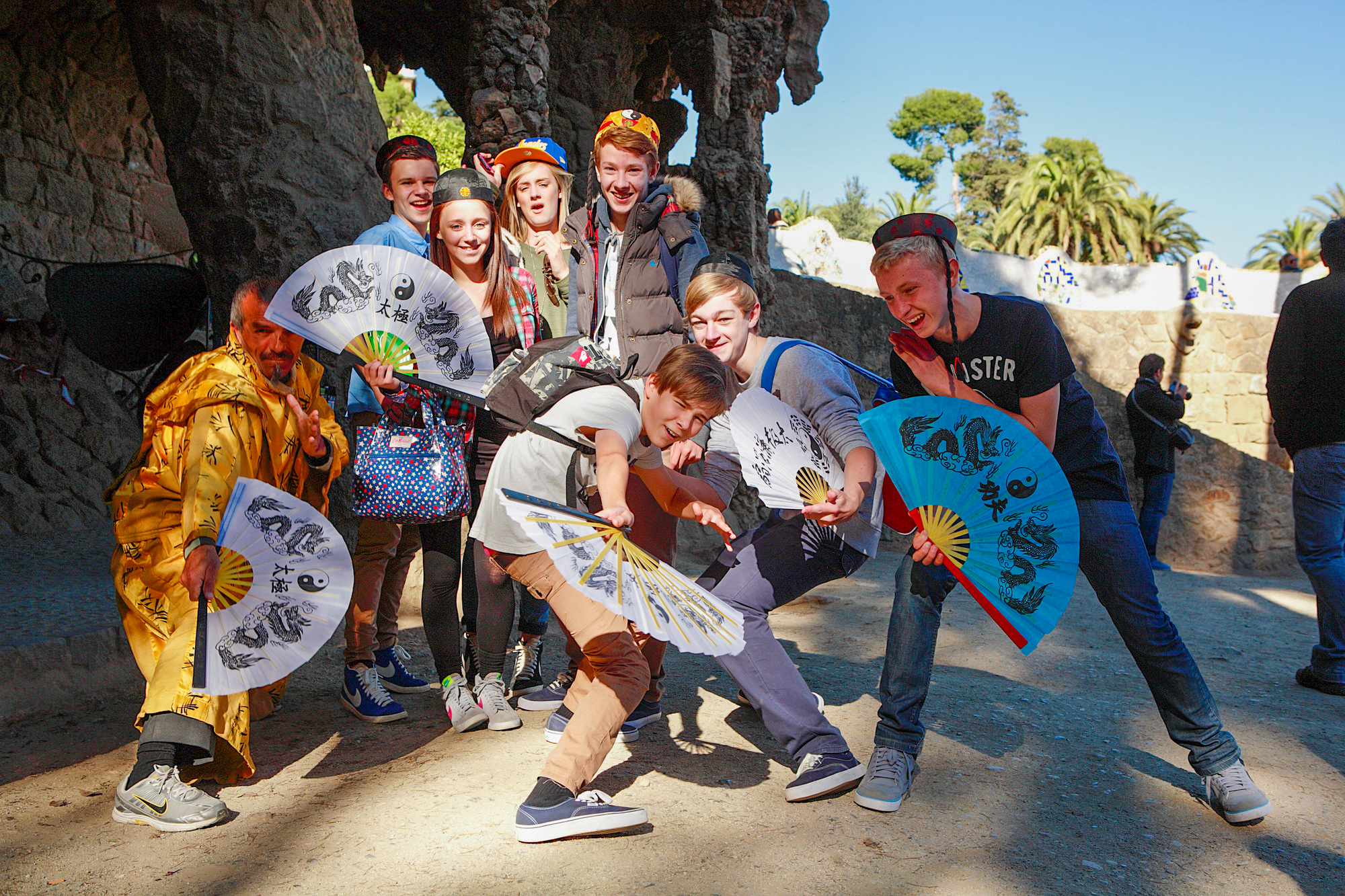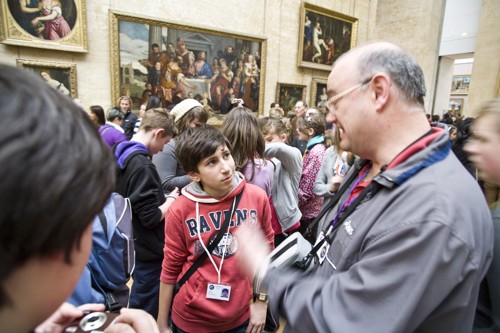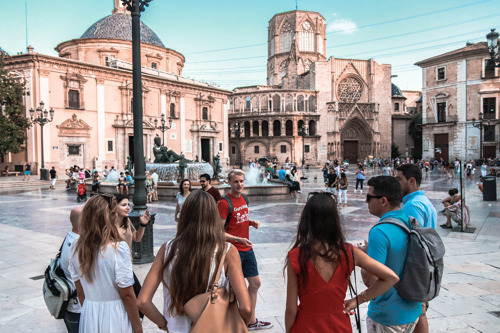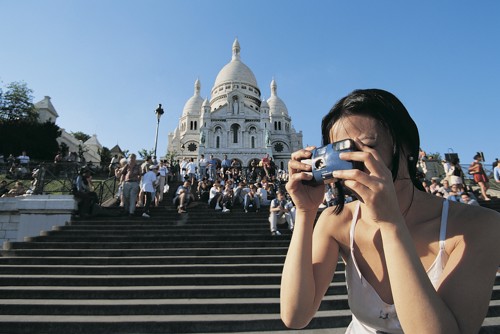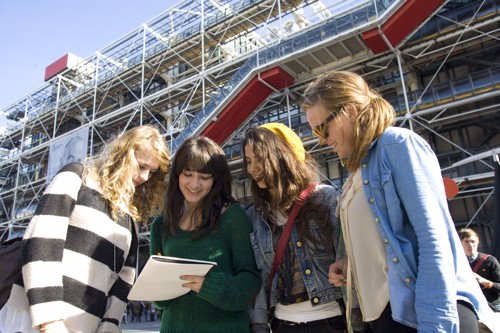Putting on a school trip for your students can be a rewarding experience, we know. Learning objectives for your students are complemented outside the classroom, and life skills begin to blossom with independence and curiosity encouraged – making the overall process of organising the trip more than worth it.
But, what if you’re stuck at the first hurdle, and know you can’t make up the numbers from one subject? A cross-curricular school trip – one that combines two different subjects – may be the answer.
Combined subject school trips offer an exciting opportunity to break down the barriers between two subjects and create a dynamic learning experience for your students. By teaming up with another department, you’ll also be able to open your school trip up to more students, which should reduce the cost per person.
Of course, there are some ways in which combined subject school trips logistically just won’t work, or which we recognise will be stressful for any party leader to manage. In this blog, we’ll explore some advice for making a cross-curricular trip work seamlessly, and how you can ensure your trip is a successful one for everyone involved.
Combine MFL with other subjects
Some curricular subjects are easier to blend than others, and modern foreign languages is by far the simplest to combine owing to its flexibility and close connection to a country's culture.
While most cultural activities naturally align with language learning goals, you may discover more similarities between language learning and history or art-related excursions. These subjects delve deep into the culture of a country and tend to complement language learning. Generally speaking though, there will be opportunities for your students to practise their linguistics almost everywhere.
By combining language learning with other subjects, you can create a more immersive and engaging experience for your students that fosters a deeper understanding and appreciation of the subject through new context. Additionally, students from other subjects may also benefit from learning some vocabulary, enhancing their overall experience of a new country and their time spent abroad.
Divide your group upon arrival
When you divide your group into two or more smaller groups, you’ll create a more personalised experience that meets the specific needs and interests of each student.
With all our school trips at Equity, excursions must be groups of at least 20 people for group discounts to apply. However, as party leaders will know all too well, making up two travelling groups of 20 across two subjects is much more attainable than having one larger, single-subject group of 40.
By travelling this way, groups can share travel plans and accommodation, but each smaller group will have its own itinerary that is tailored to their specific interests and goals. For example, one group can focus on exploring historical landmarks, while the other group can immerse themselves in the local cuisine and culture.
The possibilities are endless, and by travelling this way you can also ensure that each student has more individual attention from the teachers or chaperones, leading to a more personalised and rewarding experience.
Visit a large European city, for something everyone can enjoy
When it comes to choosing a destination for your split-subject school trip, larger European cities such as Paris, Berlin, Madrid, or Barcelona offer endless opportunities for students of all subjects to engage in some learning and fun.
Big cities tend to benefit from rich histories, best-in-class art galleries and world-renowned attractions, which offers plenty to captivate and inspire students of many subjects. In larger cities, it’s easy to see how STEM and geography may complement each other, or history and art, or even performing arts and travel & tourism – it all depends on the individual excursions on offer in that particular city.
In Paris, for example, art and design students can explore the Louvre Museum and take a boat tour of the Seine River, while language students can practice their French language skills while ordering food at a local bistro. Meanwhile, in Berlin, a visit to the Berlin Wall holds relevance for both art and history students, who may later divide for excursions to the city’s galleries and historical sites.
To achieve seamless integration on these trips, we suggest exploring examples of interdisciplinary activities that engage students and encourage cross-subject exploration.
Multi-subject school trips – providing a broader education
By embracing cross-curricular adventures, educators can provide students with a transformative learning experience that goes beyond the confines of individual subjects – while ensuring those spaces on your proposed trip get filled.
The collision of different disciplines can also spark curiosity, creativity, and critical thinking, preparing students for the interconnected challenges of the real world and giving them a more rounded learning experience. So, why not book a cross-curricular adventure today, and see for yourself?
To find out more about how to combine groups on an Equity school trip, or enquire about how to make any of these dual subject trips possible, please call us on 01273 648248. You can also fill out our webform, and our school trip experts will get back to you as soon as we can.

